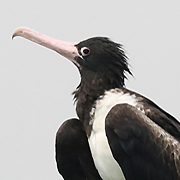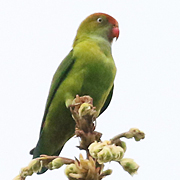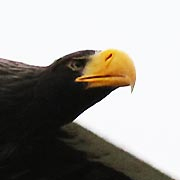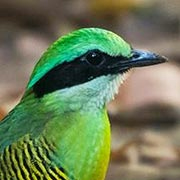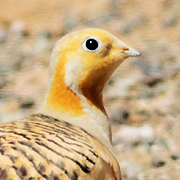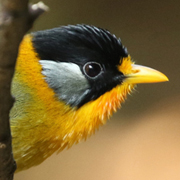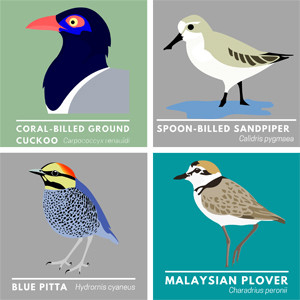
Much is said about the loss of mudflats which are used by waders to feed on and in some parts of the world the result has been catastrophic to wader populations, but less frequently discussed is the pressure on waders by the loss of high tide roost sites. These sites are often destroyed as part of coastal development and even more frequently they are ruined as roost sites due to human disturbance, however, the beach at Shellness is protected as part of a national nature reserve at the Southeast of the Isle of Sheppey and it attracts thousands of waders at this time of year. With this in mind I made a visit at high tide yesterday in order to get some close up views and photos of some of the many birds that would be present.
On arrival the tide was still at its highest allowing me to count the roosting birds which included many gulls and terns as well as a very large number of Oystercatchers. Sunshine and blue skies gave me excellent views of the following roosting birds;
c2000 Oystercatchers
c200 Common Ringed Plovers
c150 Dunlin
1 Black-tailed Godwit
5 Grey Plover
5 Red Knot
c150 Eurasian Curlew
1 Whimbrel
3 Sanderling
c80 Ruddy Turnstone
In addition to these waders were 44 Sandwich Terns, 4 Little Terns, 1 Common Tern, 1 Little Egret, 14 Great Black-backed Gulls, 8 Common Gulls, 56 Black-headed Gulls & 31 Herring Gulls.
For anyone thinking of visiting this site, this total is pretty normal for the time of year and the chances of finding something rarer is always quite high when birds are migrating. Visiting the site a few hours either side of high tide is the best time as when the tide is out birds can be fairly distant, but around high tide large numbers of birds will fly very close by as they head to/from the high tide roost. On this visit I waited as the tide went out and was able to get a number of good photos and close-up views as well as finding a couple of migrant passerines – 2 Yellow Wagtails & 2 Wheatears.


 August 29th, 2015
August 29th, 2015  Nick
Nick  Posted in
Posted in  Tags:
Tags: 
